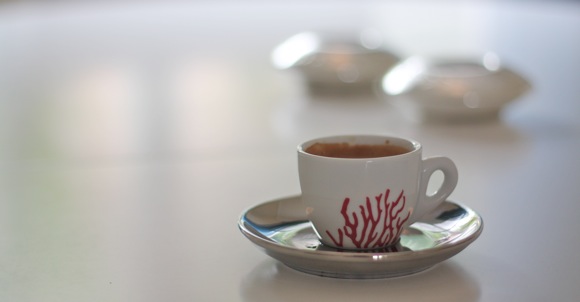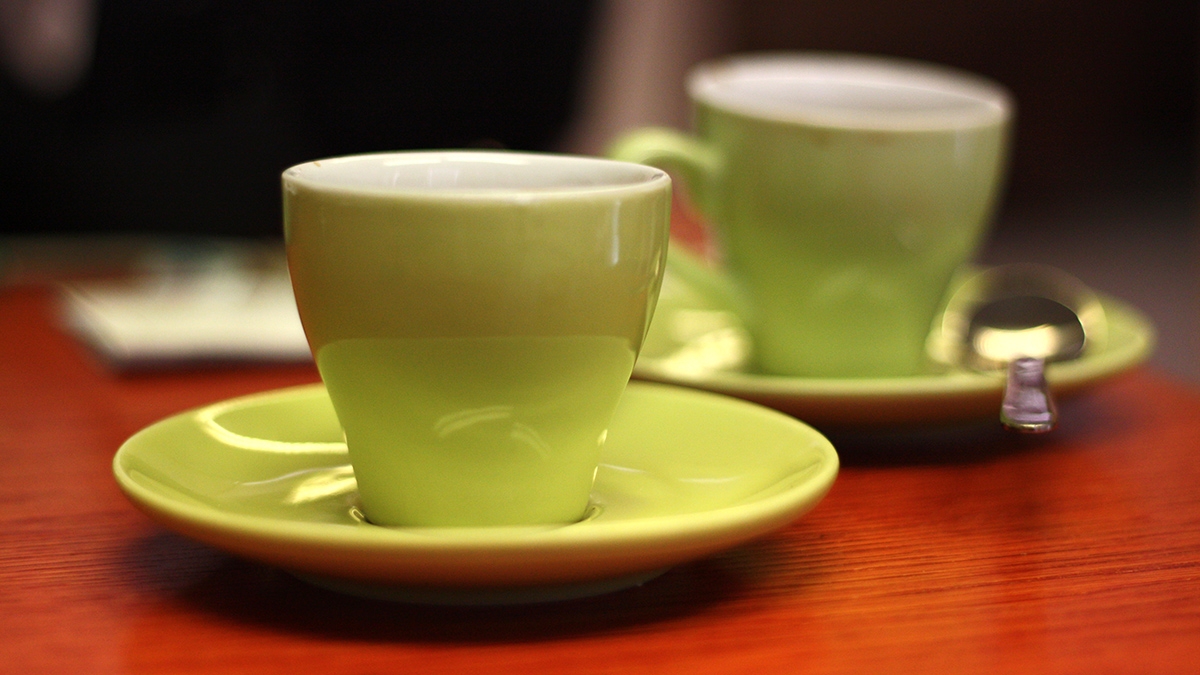Without further ado, here they are:
1. The coffee should be ground correctly for the machine you use. Buy a good espresso grinder, or get the coffee ground at a coffee shop. Ask the barista to help you find the correct grind for your machine. Avoid using pre-ground coffee from lower priced brands. Oftentimes, the coffee is ground in an uneven manner, letting small pieces of coffee pass through the filter and eventually clogging your machine.

2. The coffee you use must be dark roasted. Only the darker roasts are suited for espresso. The dark roast lets the oils emerge from the coffee beans, and produce the bitter-sweet flavor so particular to espresso.

3. The coffee you use should be a blend of Arabica and Robusta beans. This will ensure a good blend of flavors. If you want to make an Americano (espresso with added hot water), you could use 100% Arabica, to get a milder coffee.
4. Coffee must be fresh. Use only freshly roasted, freshly ground coffee. Beans should be kept in a dark, cool place, and used within 2-3 weeks.
5. You should use a steel tamper. Using a steel tamper ensures your espresso will get the best treatment. The smooth surface of the polished steel will help create a firm block of coffee that the water can hit. Your job is to use that tamper in a way that makes the coffee as even as possible, providing even resistence for the water. Remember, water is lazy. If there's room to get around the coffee, the water will go there. You'll want the water to get in contact with as much coffee as possible, to get the maximum of aroma and flavors into the cup.

6. The cups should be pre-heated. If you pre-heat your porselain cups with hot water, you will achieve a better result. The espresso will not turn cold as fast as in a cold cup. Also, if the hot espresso from the machine hits a cold porselain, the taste will be affected. And not in a good way. So always pre-heat your cupes. Either by leaving them on top of your espresso machine, or by filling them with hot water and leaving them when you grind and prepare the coffee for brewing.

7. The water must be of correct temperature. To ensure this, you need a good quality espresso machine. Even if you have that, make sure you flush through the machine with some water before using it. This removes the excess temperature from the machine. If the temperature is too high, you will burn the coffee.
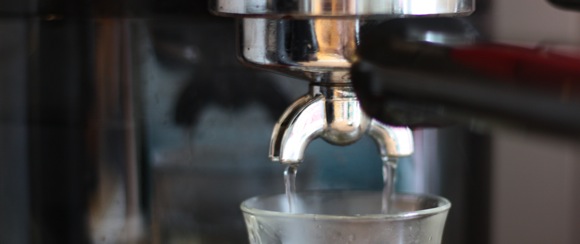
8. The coffee must be dosed correctly. Use the correct amount of coffee. This depends on the bayonet of the espresso machine. On a Gaggia espresso machine, like I use, i normally fill the bayonet with coffee. I even out the coffee with my fingers to make sure it's evenly distributed in the bayonet.

9. The brewing time should be from 23-28 seconds. Brewing time is crucial. Too short, and you'll end up with a thin, non-drinkable liquid in the cup. Too long, and you'll over-extract the coffee. This means you extract too much bitterness from the coffee. Not a good idea, and definitely not a good taste. If you start seeing white or light spots in the cup, it's an indication you should stop the brewing. Rather, you should already have stopped it. Watch the stream of coffee emerting from the bayonet, and you will see how it changes. The stream should be slow and even and have a golden color.
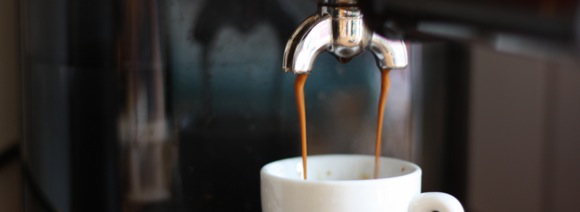
10. Always clean your espresso machine after use. When you're done brewing a cup, always remove the coffee from the bayonet. And always rinse through the machine with clean water. This helps remove coffee from the piping, filters and bayonet. If you don't do this, old coffee will ruin your future cups. And it will be harder to remove it later. Make it a routine to always flush through the machine with fresh water after use.
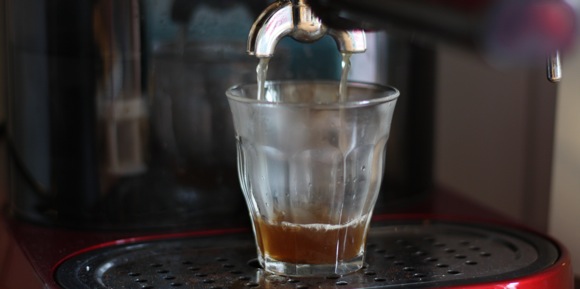
Now that you know some more about making a good espresso, go make yourself a cup. Keep these points in mind and you'll see that your coffee will improve day by day. It's great fun working with espresso, and a real satisfaction to enjoy a cup of perfection that once in a while appears. These tips will, I hope, make it happen more often than not.
Enjoy your espresso!
